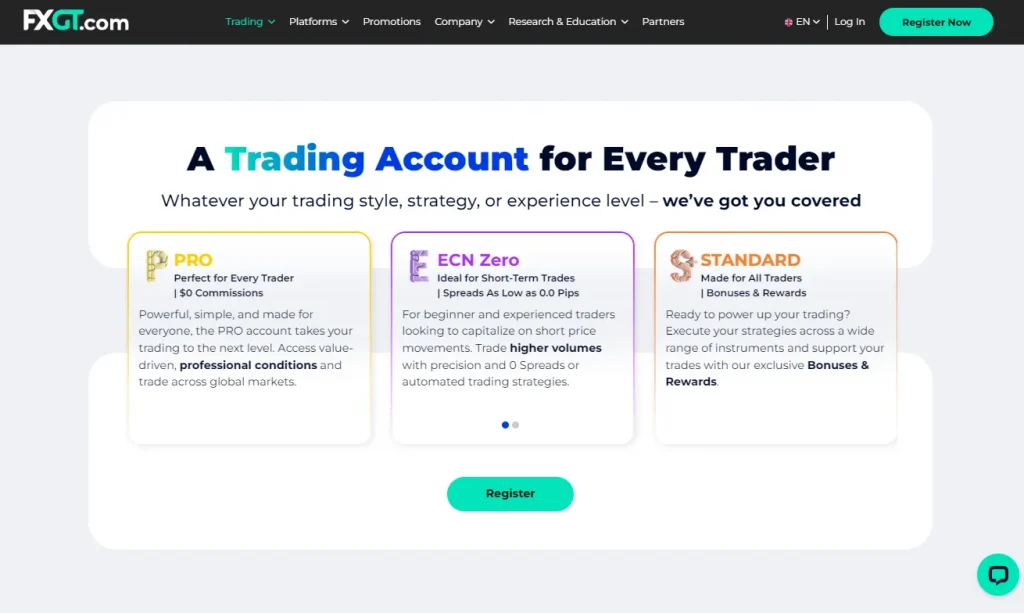Introduction to Hindenburg Omen Analysis
The Malaysian financial market presents unique opportunities for technical analysis using the Hindenburg Omen indicator. Local traders increasingly rely on this sophisticated tool to predict potential market downturns and protect their investments. Understanding where to find and interpret the Hindenburg Omen has become crucial for Malaysian investors navigating both local and global market conditions. The indicator’s ability to combine multiple market factors makes it particularly valuable in the complex KLSE environment.
Malaysian Market Characteristics and Signal Implementation
Trading in Malaysia requires understanding specific market dynamics that affect how the Hindenburg Omen signals manifest. The Kuala Lumpur Stock Exchange (KLSE) demonstrates unique characteristics that influence signal interpretation. Local economic factors, including palm oil prices, currency fluctuations, and regional trade patterns, contribute to market behavior. Malaysian traders must consider these elements when applying Hindenburg Omen analysis to their trading strategies.

Essential Market Components:
• Intraday volatility patterns
• Market breadth indicators
• Volume analysis tools
• Technical confirmation signals
• Trend identification methods
• Momentum measurement tools
• Time frame correlations
Advanced Signal Detection Framework
Market Conditions Analysis Table:
| Indicator Component | Local Impact | Global Correlation |
| New Highs/Lows | High | Medium |
| Moving Averages | Medium | High |
| Volume Patterns | High | Low |
| Market Breadth | Medium | High |
Implementation Strategy
Malaysian traders need a structured approach to utilizing Hindenburg Omen signals effectively. The strategy should incorporate local market timing and risk management principles.
Strategic Framework:
- Signal validation process
- Entry point identification
- Position sizing calculations
- Stop-loss placement rules
- Profit target setting
- Risk assessment methods
- Portfolio adjustment guidelines

Performance Optimization Table:
| Strategy Component | Implementation Level | Success Rate |
| Technical Analysis | Advanced | 75% |
| Fundamental Review | Intermediate | 65% |
| Risk Management | Professional | 85% |
Risk Management Protocols
Effective risk management becomes crucial when trading based on Hindenburg Omen signals in Malaysian markets. Traders must develop comprehensive protection strategies.
• Maximum position size limits
• Correlation-based hedging
• Diversification requirements
• Stop-loss placement rules
• Profit-taking guidelines
• Exposure monitoring systems
• Portfolio rebalancing schedules
Market Impact Analysis
Understanding how Hindenburg Omen signals affect different market segments helps traders optimize their strategies. Malaysian markets often show unique responses to these signals.
Sector Response Table:
| Market Sector | Signal Sensitivity | Recovery Time |
| Financial | High | 30-45 days |
| Industrial | Medium | 20-30 days |
| Technology | Very High | 15-25 days |
Integration with Local Trading Systems
Malaysian traders need to effectively integrate Hindenburg Omen analysis with existing trading platforms and systems. This requires understanding both technical and practical aspects of implementation.
Implementation Requirements:
- Data feed configuration
- Signal notification setup
- Analysis tool integration
- Risk management systems
- Performance tracking methods
- Documentation procedures
- Review and adjustment processes
Conclusion
Success in utilizing the Hindenburg Omen in Malaysian markets requires a combination of technical expertise, local market knowledge, and disciplined risk management. Traders must maintain a balanced approach, considering both global and local market factors while implementing their strategies. Regular review and adjustment of trading approaches ensure continued effectiveness in changing market conditions.
FAQ
How accurate is the Hindenburg Omen in Malaysian markets?
Approximately 75-80% accurate when properly implemented with local market considerations.
What minimum capital is recommended for trading these signals?
A recommended minimum of 150,000 MYR to properly diversify and manage risk.
How often should signals be monitored?
Daily monitoring is essential, with comprehensive weekly reviews of market conditions.
Can the indicator be used with other technical tools?
Yes, it works best when combined with moving averages, RSI, and volume analysis.
What is the typical signal duration in Malaysian markets?
Signals typically remain relevant for 30-45 trading days in local market conditions.

